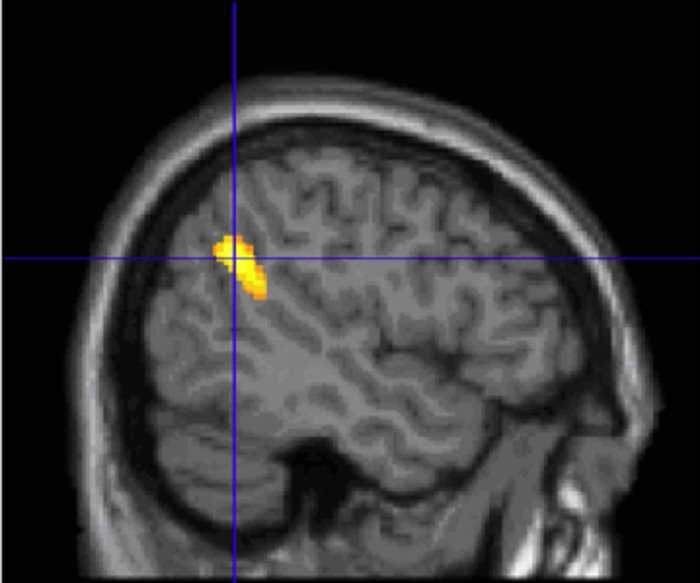LYONS, France, Feb. 17 (UPI) -- French scientists say brain activity is behind the difference between people who can clearly recall nighttime dreams the next morning and those who cannot.
Researchers at the Lyon Neuroscience Research Center studying the difference between "high dream recallers," who recall dreams regularly, and "low dream recallers," who recall dreams rarely, report increased brain reactivity in high recallers may promote awakenings during the night, and may thus facilitate memorization of dreams during brief periods of wakefulness.















